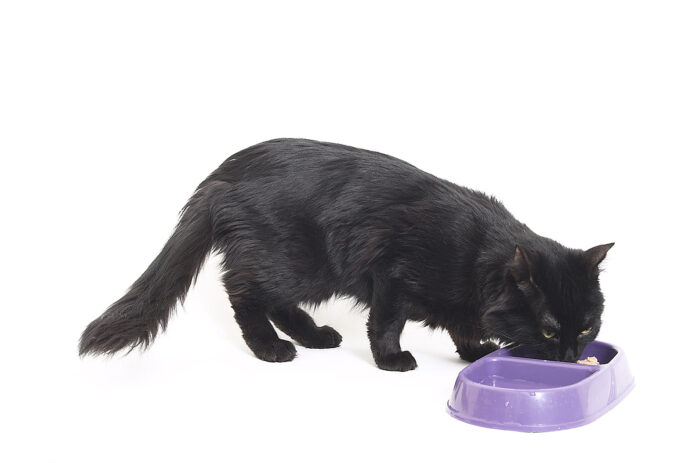Canned vs. Dry Pet Food: What Pet Owners Need to Know
When it comes to feeding our beloved pets, the choice between canned and dry food often sparks debate among pet owners. Both options must meet stringent nutrient standards, ensuring that they provide adequate nutrition. However, each type of food has unique advantages that may make one more suitable than the other depending on the pet and the situation.
Cost Considerations: Canned Food vs. Dry Food
One of the most significant distinctions between canned and dry pet food is the cost. Canned diets typically contain around 75-85% water, making them more expensive than their dry counterparts. This added cost is an essential factor for many pet owners, particularly those with larger dogs or multiple pets.
Feeding Dogs: Canned or Dry?
For most dogs, the choice between canned and dry food is flexible. Many dog owners tend to choose dry food due to logistical and financial reasons:
- Cost-Effective: Dry diets are generally less expensive.
- Convenience: Dry food is easier to store and serve.
- Dental Benefits: Some dry kibble includes additives that help reduce tartar build-up, though regular tooth brushing remains crucial.
However, canned food can be beneficial for:
- Picky eaters that prefer moist food.
- Smaller dogs that may struggle with kibble.
- Dogs with health issues, such as urinary tract problems, where increased water intake is valuable.
- Dogs with dental issues that make chewing dry food challenging.
Feeding Cats: The Case for Canned Food
Cats present a different challenge when it comes to feeding. Many adult cats remain reluctant to consume foods they’re not introduced to as kittens. Certain health conditions in cats, like lower urinary tract disease and kidney disease, can benefit from a diet with increased moisture content, which dried food alone may not provide. Therefore, introducing canned food to kittens is advisable:
- Protein-Rich: Canned cat foods often contain higher protein levels and lower carbohydrates.
- Caloric Control: The high moisture content makes canned foods generally lower in calories per volume.
- Portion Control: Cans provide easy portion sizing compared to bags of dry food.
While many cat owners and some veterinarians advocate for diets consisting solely of canned food for optimal health, evidence is lacking except for specific health concerns such as kidney disease or urinary tract issues. Therefore, after introducing canned food to a kitten, pet owners can choose between:
- Exclusively canned food
- A combination of both canned and dry food
- Only dry food
Finding the Right Balance for Your Pet
Ultimately, regardless of health considerations, either canned or dry food—or a combination of both—can be suitable for dogs and cats. The decision largely hinges on your pet’s individual needs, your lifestyle, and your budget.
Before settling on a diet, pet owners should carefully assess their pets’ preferences and health requirements to ensure a well-balanced diet that keeps them healthy and thriving throughout their lives.











